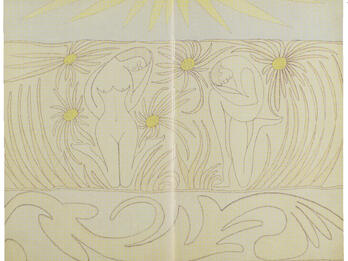Self-Portrait with Soldier's Hat
Hugó Scheiber
1917

Creator Bio
Hugó Scheiber
Born in Budapest, Hugó Scheiber moved as a child to Vienna in 1880, where he helped his father paint sets at the Pratertheatre. Returning to Budapest, Scheiber served in the army and began to paint on his own. He enrolled in night courses at the Academy of Applied Arts in Budapest from 1898 to 1900, which drew him to Post-Impressionism. In the 1910s, Scheiber became associated with German Expressionism and joined the Futurists in 1915. His 1921 exhibit with Béla Kádár in Vienna was a turning point professionally and financially, leading to a number of exhibits in Berlin, London, New York, and La Paz. Many of his paintings depict urban life in motion; set in cafes, cabarets, and parks, they also serve as a visual testimony to bourgeois society in the interwar period.
You may also like
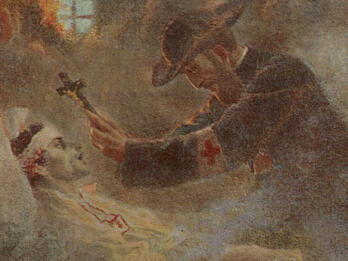
Le grand Rabbin aumônier Abraham Bloch (The Chief Rabbi Chaplain Abraham Bloch)
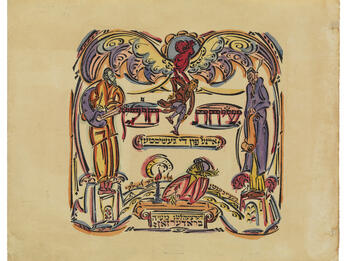
Sikhes-khulin (Small Talk, or, The Legend of Prague)
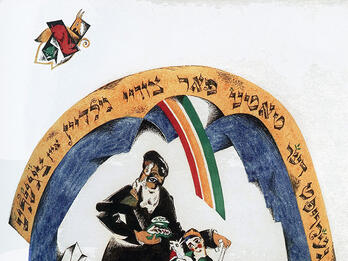
Ḥad Gadya, Gekoyft der tate far tsvey gilden eyn tsigele (Father Bought a Kid for Two Zuzim)
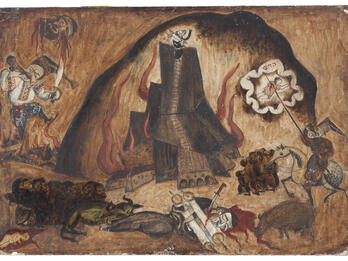
Pogrom
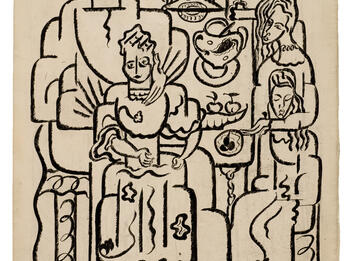
Sleeping Beauty
